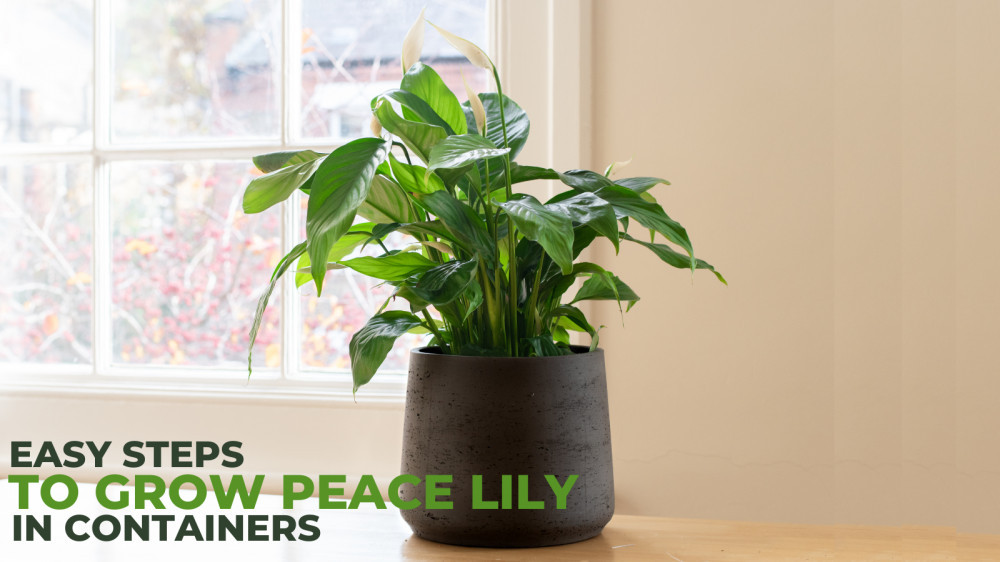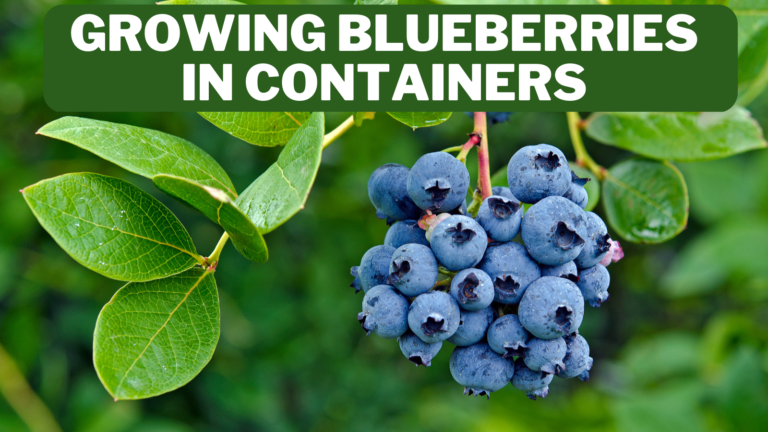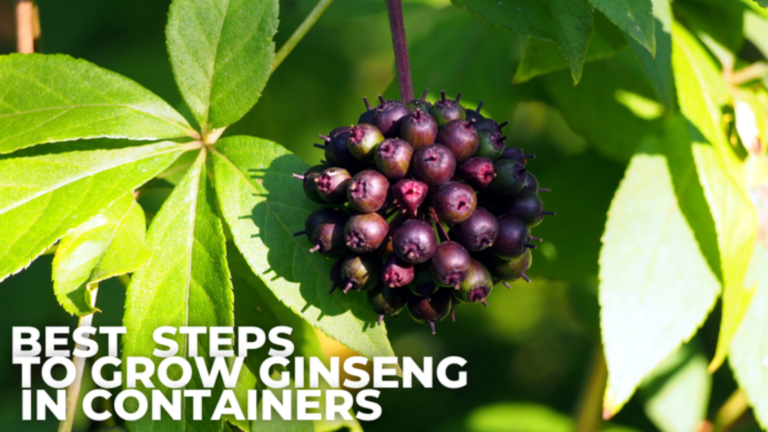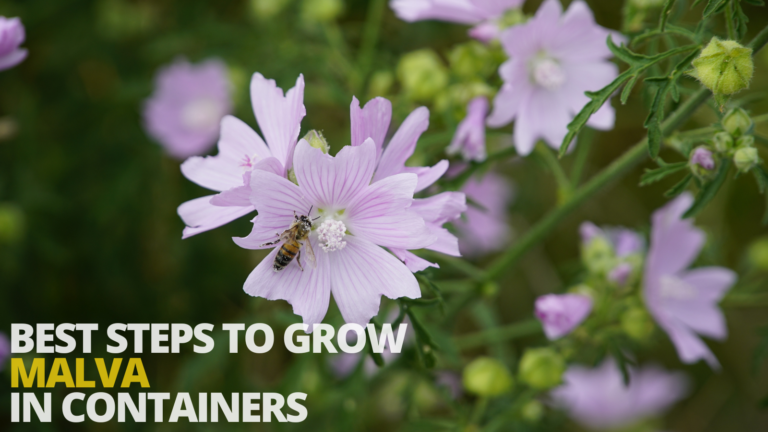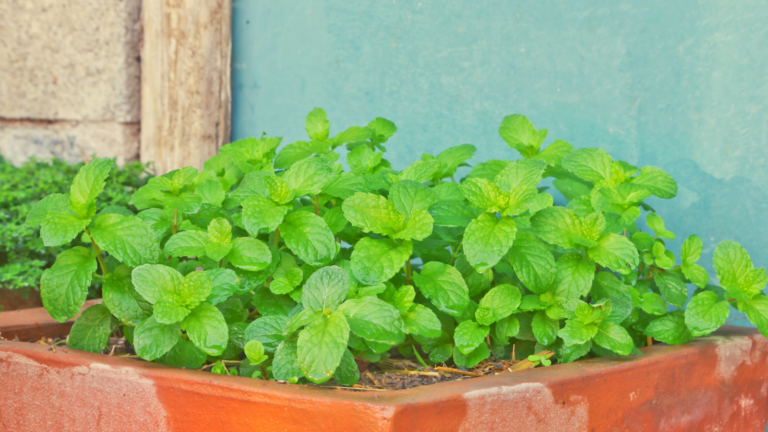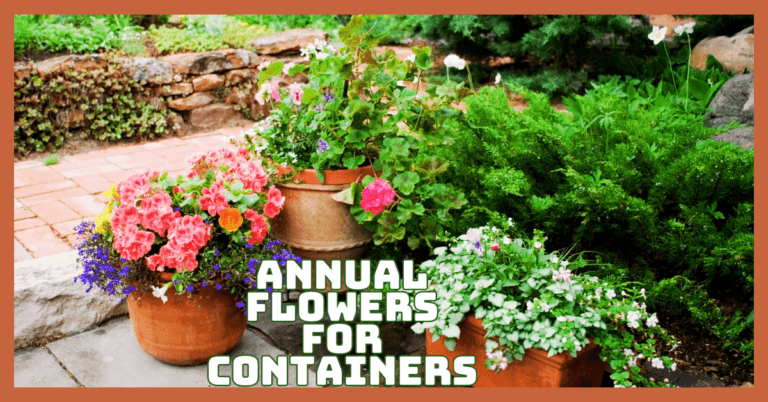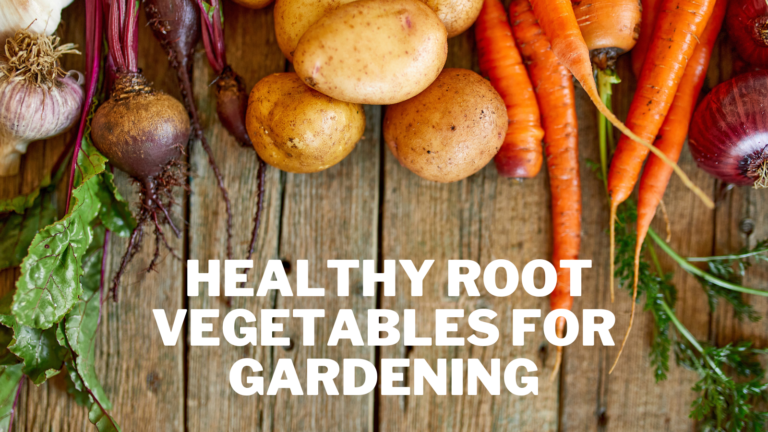Easy Steps To Grow Peace Lily In Containers
Easy Steps To Grow Peace Lily In Containers
Due to their beauty and ease of care, peace lilies are among the most popular indoor plants.
Even though they can be fickle at times, peace lilies are a beautiful addition to any collection of houseplants once you know how to take proper care of them.
Here is all the information you require to grow peace lily in containers.
Origin & History
Spathiphyllum, the formal name of the Peace Lily, combines the Greek words for spathe and leaf. The NASA Clean Air Study has brought the plant more attention over the past few years.
The Peace Lily was shown to cleanse air better than the typical plant during a study on how to clean the air in space stations.
All plants emit oxygen and absorb carbon dioxide; consequently, NASA advises that a 160-square-meter home includes between 15 and 18 large plants.
So soil content is also crucial because soil microorganisms may absorb a limited quantity of air contaminants.
The peace lily, scientifically known as Spathiphyllum, is a plant native to the tropical rainforests of Colombia and Venezuela and is a member of the Araceae (Arum) family. In 1870, the plant was brought to Europe.
There are more than 50 different cultivars that almost all feature white bracts with a smidgen of green occasionally.
Regarding the spoon-shaped leaf, Spathiphyllum is derived from the Greek words “spath” and “phyl,” which both imply leaves.
Every plant has a special meaning all its own. This is why adding a plant to your house or workplace that represents an emotion dear to your heart will undoubtedly benefit your surroundings.
Different Types Of Peace Lily
Surprisingly, the peace lily isn't even a lily; instead, it belongs to the Araceae family, including the Calla lily, which the peace flower resembles.
While there are 47 different types of Peace lilies, most of these plants greatly resemble one another, except for a few minor variations in plant height, leaf length, and flower count.
1. Sensation Peace Lily
One of the biggest plants in the family of peace lilies, this type can reach heights of 4 to 6 feet and a width of the same.
This plant has stiff, easily felt ribbed leaves that are a deep, glossy green colour. This plant produces white flowers with a yellow center, just like all other Peace Lilies.
The colossal size of this peace lily makes it a great floor plant that will provide vibrant colour to any décor.
2. Patricia Peace Lily
The Patricia Peace Lily is on the other end of the spectrum from the Sensation Peace Lily. Small Patricia plants have lush green leaves and white flowers with light yellow centers.
3. Piccolino Peace Lily
The Piccolino Peace Lily, another version of the compact Peace Lily, is a small variety of this plant; as a result, it typically doesn't go much taller than 10 to 12 inches.
This plant typically has one white blossom with a creamy yellow center close to the middle of the plant. It has dark, lustrous green leaves that stand straight up.
4. Little Angel Peace Lily
Another dwarf variety of this plant with glossy, deep green foliage and white flowers with light yellow centers is the Little Angel Peace Lily.
This plant stands out because its flowers develop directly on top of its leaves, giving it the appearance and allure of a gorgeous bouquet when it is in bloom.
5. White Striped Lily
The White Striped Peace Lily can be distinguished from other types of this flower by its leaves. The plant gets its name from its white stripes on matte, rather than lustrous, green leaves.
6. Domino Peace Lily
The Domino Peace Lily is a large plant with a height and breadth of roughly 30 inches. This plant has large, ruffled leaves covered in white streaks or spots. Another feature of this plant is how many blossoms it produces.
7. Spathiphyllum Jetty
The Jetty Peace Lily is a plant with glossy green leaves, white flowers with yellow centers, and a height range of 19 inches to 2 feet.
This flowering plant would look lovely on a tiny stand near a window where it would receive plenty of sunlight.
How To Grow Peace Lily In Containers
One of the most well-liked types of houseplants is the peace lily. They may be a beautiful addition to your house and are simple to maintain.
Your peace lilies will remain lovely houseplants if you take good care of them for many years.
Choose The Suitable Container
Choose a pot only 1 or 2 inches (2.5–5 cm) wider than the existing container.
A larger container should not be used for planting since the moisture trapped in the extra potting soil could cause the roots to rot. Choose a pot just a little bit bigger than the peace lily's existing one.
Using a bigger pot might seem sensible, but a lot of wet potting soil close to the roots might cause root rot. Repotting the plant into progressively bigger containers is much preferable.
Although peace lilies are perfectly content to grow in containers, they dislike being placed in pots substantially more significantly than their root balls.
Choose a container with good drainage that is no larger than one-third the size of the root.
Location To Grow Peace Lily In Containers
Hot, humid, and shaded tropical rainforests are home to peace lilies. As a result, they cannot be left outside all year long in most temperate climates.
However, the plant may thrive inside, where the temperature is typically warmer and more humid than outside.
The peace lily should be placed in a warm room of your home near a window, but not immediately underneath it so that it can receive indirect sunlight.
The finest windows face north or west because they block direct sunlight during the day. Avoid exposing your plant to extremes of temperature or sunlight since they might make it sick and result in shrivelled, discoloured leaves.
Soil To Grow Peace Lily In Containers
Use an all-purpose, well-draining potting soil. The soil has to be able to retain moisture and gradually lose moisture over time.
Peace lilies don't want their soil to dry out completely, but they also won't thrive in perpetually damp soil because that encourages the growth of the fungus that causes root rot.
Peace lilies prefer rich, loose potting soil with lots of organic content. You'll have the most success with soil closely resembling the tropical canopy conditions where these plants naturally grow, where the soil is dense with decomposing plant matter.
Nearly any soil made for houseplants will work for peace lilies if it retains moisture and drains well enough to support your plant.
The University of North Dakota Extension offers instructions for making your potting soil.
To boost aeration, you can combine 2 parts ordinary indoor potting mix or cactus mix with 1 part bark or perlite if you need to pot your peace lily yesterday and don't have time to order a specialized mix or a lot of supplies.
Any supermarket with a gardening section should carry these ingredients. The most popular soil mixture for peace lilies is cactus soil.
Therefore, since this soil blend provides adequate drainage and aeration, you can utilize it. You don't need to sterilize this soil mixture because it has been thoroughly sterilized.
Sunlight
Peace lilies may flourish in shade or partial shade, making them a fantastic choice for low-light areas.
The peace lily is a fantastic choice if you want a plant pal to brighten up your desk at work because they can endure fluorescent lighting.
Keep peace lilies in an area with plenty of bright, indirect light. An east-facing window is ideal as the plant will be exposed to the intense morning sun. A peace lily would do well in a window that faces north.
Keep peace lilies away from situations where they will receive constant direct sunshine (such as in a south-facing window), which may cause them to become overly dried out.
Temperature & Humidity
The ideal temperature range for peace lilies is between 65 and 80 degrees Fahrenheit. Keep your plant away from chilly drafts and other extreme temperature fluctuations.
So perhaps don't set yours up next to a door that leads out into the chilly winter air. High humidity is beneficial to peace lilies.
To boost the humidity around the plant, mist its leaves or set its pot on a tray of moist pebbles.
Since peace lilies are tropical plants, keep them away from chilly windows and temperatures over 60°F (16°C). They thrive in conditions that are higher than 70°F (21°C).
Watering
Peace lilies prefer to receive a lot of water at once, but they also want time to dry out afterward.
When the plant is thirsty, it may droop to let you know. If you track when it typically begins to sag, you can arrange to water one day in advance.
You can keep your peace lily moist in the summer by watering it roughly once a week and misting the leaves with water.
Allow your plant to recover by watering and misting it if it appears to be entirely wilted. Before watering the plant, let a container stand overnight if your water is chlorinated heavily.
Peace lilies have the advantage of letting you know when they need water by beginning to droop their leaves.
Check the soil with your finger when the plant looks less “perky” than usual. It's time to water once more if the soil seems dry.
Because fluoride, a chemical frequently found in tap water, can result in dark leaf tips, peace lilies are delicate to its presence. If feasible, use filtered water that is at room temperature.
Fertilizing
Growing a strong, thriving peace lily shouldn't require using fertilizers or nutrient additives.
However, be careful not to over-fertilize, as peace lilies can be relatively delicate plants if you decide to do so (for example, because you want to create massive, brilliant flowers).
When the plant's development is most vigorous, in the spring and summer, use a regular 20-20-20 house plant fertilizer at half or one-fourth of its recommended strength approximately once every month.
A hallmark of overfertilization is green blossoms. If your plant displays this symptom, cease fertilizing and reduce the fertilizer you use by half during the following growing season.
Use an organic houseplant fertilizer in the spring and summer to encourage flowering. Remember that peace lilies are delicate to chemical fertilizers. Thus, the best choices are organic.
Drainage
Since peace lilies are prone to root rot, it's crucial to ensure that the plant can dry out in between waterings entirely and that the container it resides in drains properly.
Select a vessel with drainage holes, then set a saucer underneath to catch any water draining.
Check your plant's roots if they begin to wilt to ensure they are firm and light-coloured rather than damp. If they're wet, you're overwatering them, or the soil can't drain.
Re-Potting
Recognize the symptoms that indicate re-potting is required. Like almost all potted plants, peace lilies will eventually get too big to flourish comfortably in their original container if they are allowed to develop.
You could observe that your peace lily needs more regular watering or that its leaves suddenly turn yellow as it grows too big for its pot.
Its roots may also be visible, crowding the soil's surface. Generally speaking, peace lilies need to be re-potted every one to two years, so if it's been this long and you've noticed some of the symptoms listed above, your plant is probably due for a re-potting.
Use a pot that is the right size. You should use a larger pot when re-potting a piece of lily so that the plant has more room to spread its roots and develop.
Use a pot that is 2 inches (5.1 cm) bigger than the one you were using before; this will give the plant room to thrive for several years.
If your container is more significant than 10 inches (25.4 cm) in diameter and the lily still displays alarming signs, there may be another problem. Generally, peace lilies won't ever need pots larger than this.
- Any pot material will do; clay, plastic, and ceramic all work well.
- Ensure that the bottom of your pot has one or more drainage holes. To prevent root rot on your lily, water must be able to drain from the pot.
Trimming
Peace lilies do not require regular pruning as other plants.
To prevent the plant from wasting energy on a dying appendage, you may want to cut the leaves if one or more of your lily's limbs or leaves turn brown or wilt for whatever reason.
Use clean, well-kept pruning shears or scissors to remove any sick or dead areas.
Make clean cuts close to the soil line to avoid injuring healthy tissue.
Wilting and browning leaves can be a simple sign that you neglected to water your plant, but they can also be a sign of a more serious issue.
Even with primary lily care, if you frequently need to prune, search for indications of a more serious issue.
How To Get Peace Lilies To Flower
If no blooms bloom, the plant will most likely not receive enough light. Although “low light” doesn't necessarily mean no light, peace lilies tolerate it.
Move the plant to a more sunny spot where it will receive bright, indirect light for at least a few hours daily to promote flowering.
Improper fertilizing might also result in green flowers, flowers that appear feeble, or a lack of flowers in general. Reduce fertilization if your blossoms are green; the plant might receive too much nitrogen.
Try switching to a fertilizer designed for flowering plants if your flowers appear feeble or lacking. This kind of fertilizer will have more phosphorus, which plants need to bloom.
Pests & Diseases Of Peace Lilies
Caretakers of peace lilies commonly face a few issues, although spider mites, aphids, and yellowing or browning leaves are among potential issues to watch out for. To get rid of bugs, clean the leaves and spray them with insecticide soap.
Brown leaf tips are frequently the result of too much exposure to the sun, too much fertilizing, or a lack of water and low humidity.
Increased humidity can be achieved by spraying the leaves or keeping the plant on a tray of moistened pebbles.
Yellow leaves may be a symptom of old age, underwatering, or overwatering (of the leaf). If the plant's oldest leaves are turning yellow and haven't been potted in a while, it might only need extra room for its roots to spread out.
Scale and mealybugs will happily settle on the plant if given a chance.
It may take several applications, but thoroughly cleaning leaves with a dish detergent and water solution or insecticidal soap might stop them in their tracks.
Conclusion
It improves humidity levels, filters indoor air, and makes breathing easier. Additionally, it promotes restful sleep by absorbing airborne mould spores and common allergens.
Furthermore, the beauty of these plants is known to promote calmness by reducing stress-related feelings in the body and mind. So, don’t miss to grow peace lily in containers.
I trust you enjoyed this article on the Easy Steps To Grow Peace Lily In Containers. Please stay tuned for more blog posts to come shortly. Take care!
JeannetteZ
>>>Please click here to read my all-inclusive article about Container Gardening<<<
>>>Are you interested in homegrown herbs and medicine? Please click here to find out more about it!<<<
Your Opinion Is Important To Me
Thoughts? Ideas? Questions? I would love to hear from you. Please leave me your questions, experience, and remarks about this article on the Easy Steps To Grow Peace Lily In Containers, in the comments section below. You can also reach me by email at Jeannette@Close-To-Nature.org.
Disclosure
This post may contain affiliate links. As an Amazon Associate and other affiliate programs, I earn from qualifying purchases at no extra cost to you. Read my full affiliate disclosure.
You might also enjoy these blog posts:
Easy Steps To Grow Stevia In Containers
All About Healing Visualization And What You Need To Know
Most Essential List Of Healing Herb Plants
What You Need To Know About Sound Healing
Meditation Techniques And Its Health Benefits

